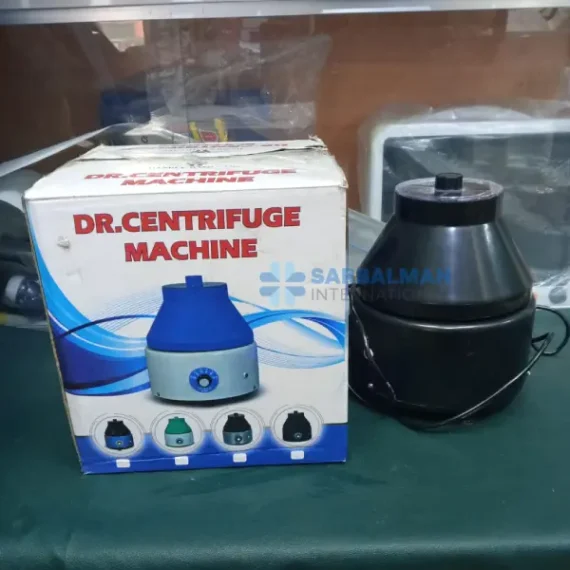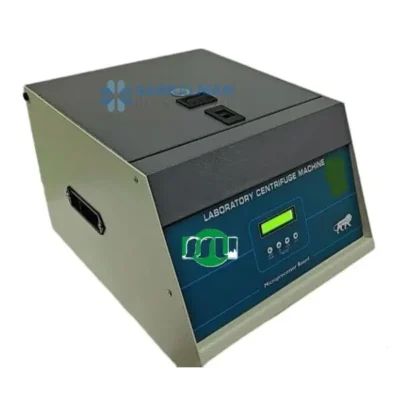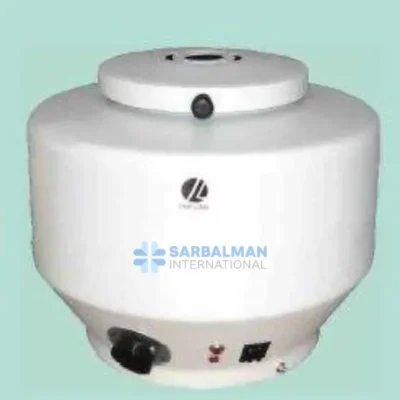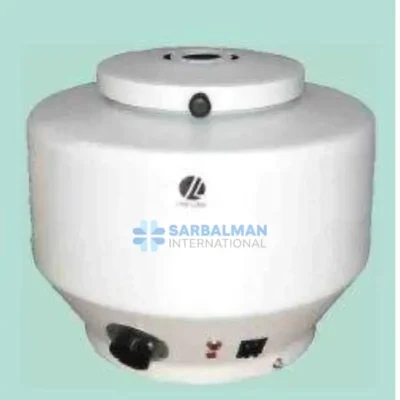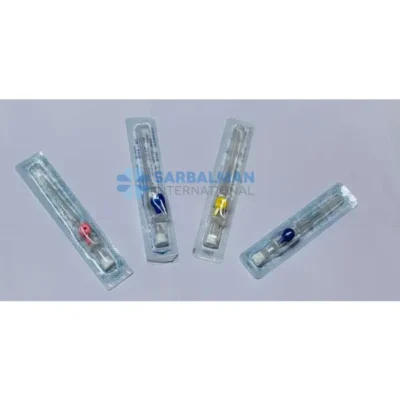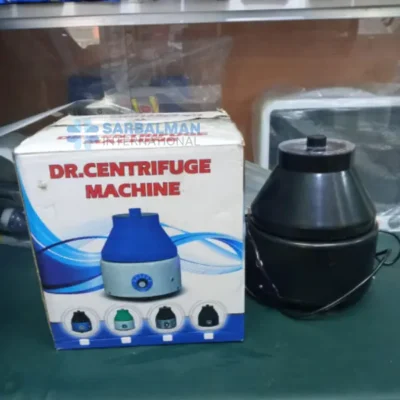Small Centrifuge without Timer
Free!
Description
A Small Centrifuge without Timer is a compact, high-speed laboratory device designed to separate substances of varying densities—such as solids from liquids or different liquid layers—using centrifugal force. Specifically engineered without a built-in timer, this model offers manual operation control, making it suitable for users who prefer to oversee and adjust spin durations directly. Its simple design and smaller footprint make it ideal for laboratories where space is limited and portability is a priority.
This type of centrifuge is commonly used in biological, clinical, and industrial labs for tasks like sample preparation, blood plasma separation, microfiltration, and cell fractionation. Because it lacks a timer, users have the advantage of real-time observation, ensuring greater control over the centrifugation process and allowing for customized duration depending on the sample type and purpose.
Key Features & Benefits:
-
Manual Control: Allows for precise duration management based on user observation.
-
Compact Design: Fits easily into tight workspaces or mobile lab stations.
-
Efficient Performance: Delivers quick and reliable separation of fluids or particulates.
-
User-Friendly Operation: Straightforward controls suitable for students, technicians, and professionals.
-
Low Maintenance: Fewer moving parts make it durable and easier to maintain.
-
Cost-Effective: An affordable alternative to timer-equipped models, perfect for budget-conscious labs.
Typical Use Cases:
-
Blood separation in clinics or diagnostic labs.
-
Microbiology and molecular biology experiments.
-
Sample clarification in research and educational institutions.
-
Food and beverage testing for quality control.
-
Pharmaceutical formulation and quality testing.
Comparison to Timer-Based Models:
While centrifuges with timers automate the duration of each spin cycle, this manual model gives users full control. This is beneficial in research or custom testing environments where flexibility is needed. It also avoids the complexity and potential malfunction of timer mechanisms, making it a simpler, more robust tool.
Functional Significance:
The absence of a timer can be a strategic advantage in applications where visual observation is essential to determine the optimal spin time. This model is especially helpful for novice users learning centrifuge behavior or for labs operating under minimal automation.
Compliance & Quality:
Many models in this category conform to general laboratory equipment safety standards and are manufactured using chemical-resistant, durable materials. However, exact certifications may vary by supplier and should be verified at the time of procurement.
Whether you’re running routine diagnostics or experimental research, this small centrifuge provides reliable functionality in a straightforward, operator-driven format.

